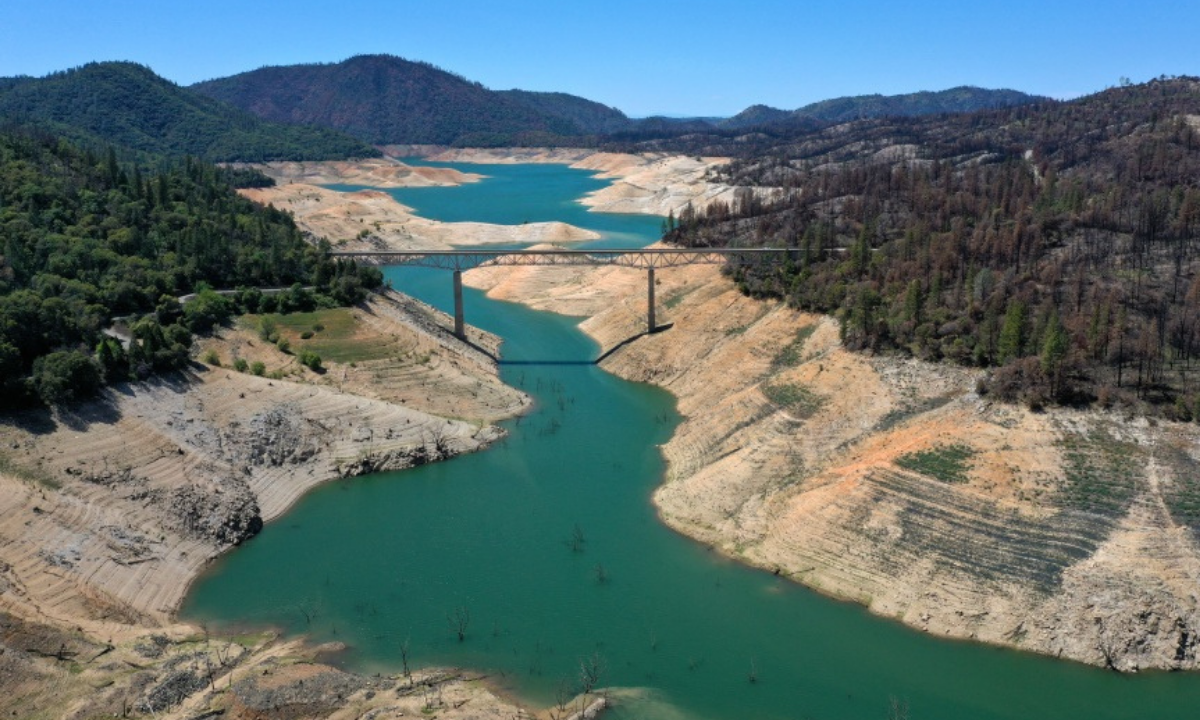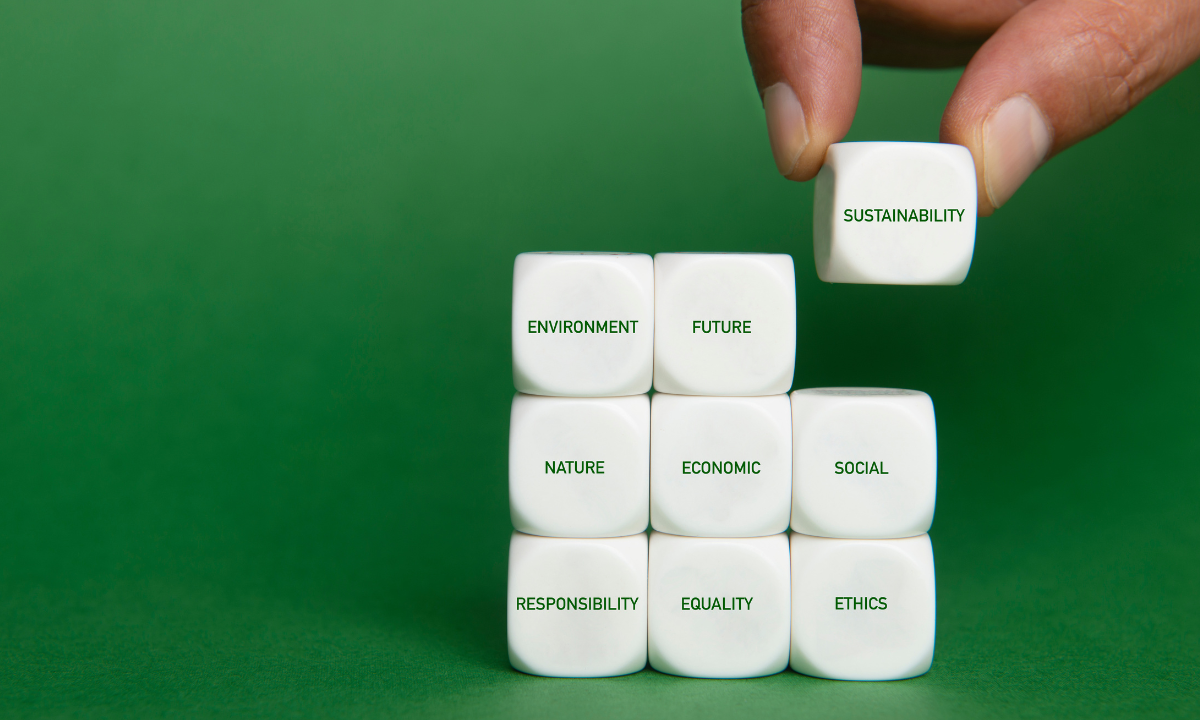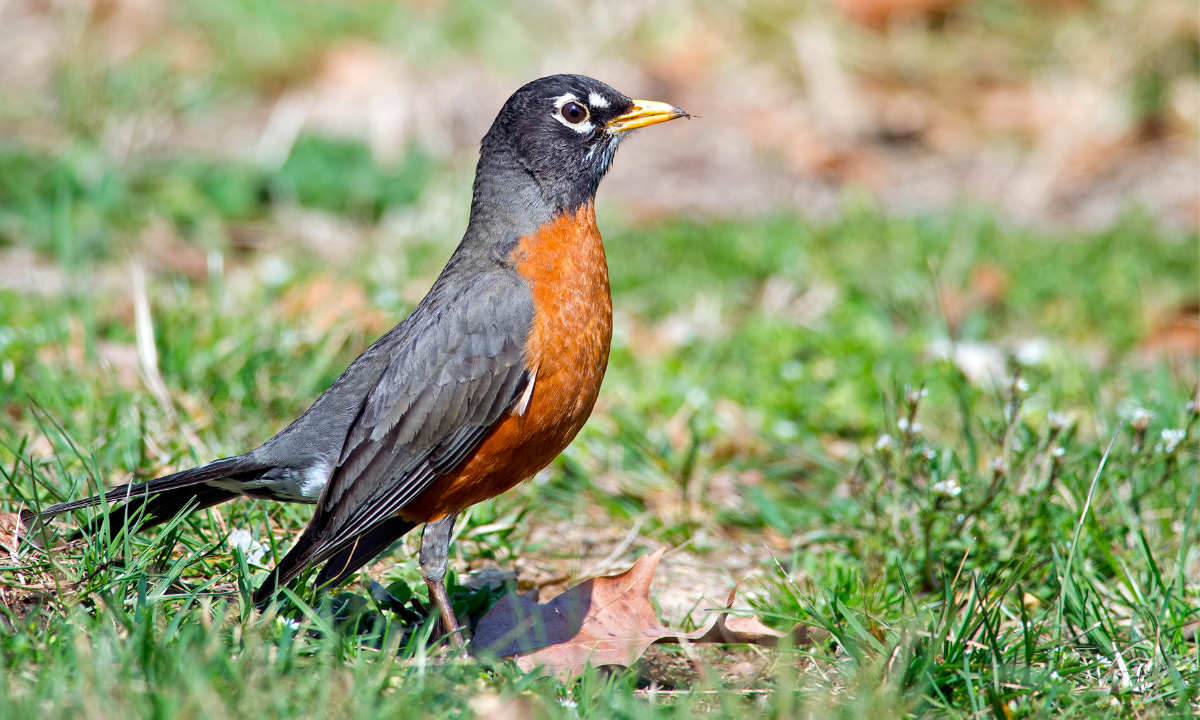Written by Sasha Reva
Governor Gavin Newsom asked 40 million residents to voluntarily reduce water use by 15% this year due to the huge drought in California. California already reduced their water for about 3.9% in just September. But new data shows that California is not voluntarily reducing their water usage despite the drought. Since Governor Newsom made the proclamation for people to limit their use of water back in July, Californians have reduced their water consumption by 3.6%.
“It’s not the news we want to see, for sure,” said the chair of the State Water Resources Control Board E Joaquin Esquivel. The drought has hurt much of the Western United States but particularly California. While this is typically the wettest time of the year, 80% of the state is under extreme or exceptional droughts, which are the two most severe categories for droughts.
Water agencies say California actually has reduced its consumption because of changes last time. Cutting more water will be even harder.
It will take a lot of time and money to see any real savings. The biggest water savings in September were in Northern California, where they increased by 12.4% or more. The San Francisco Bay Area reduced usage by 7.6%.
The usual water year in California, which starts from Oct. 1 to Sept. 30, was the second-driest on record. California had its warmest ever monthly temperatures in October 2020 and June and July 2021.
Farmers have already noticed huge cutbacks to their water deliveries from the government this year. Most likely regulators will soon reinstate new restrictions for some areas of the delta formed by the Sacramento and San Joaquin river systems. It has also been difficult to collect water from rain or snow, since much of it is either absorbed into the soil or evaporates. Even massive storms like the one that previously passed through the Bay Area and parts of Northern California and the Central Valley, couldn’t alleviate the issues caused by the drought.
“We know that we will continue to face deeper and longer droughts,” he said. “And so now is the time to really continue to shift our usage here in the state.”
Photo Cred: Justin Sullivan/ Getty Images




